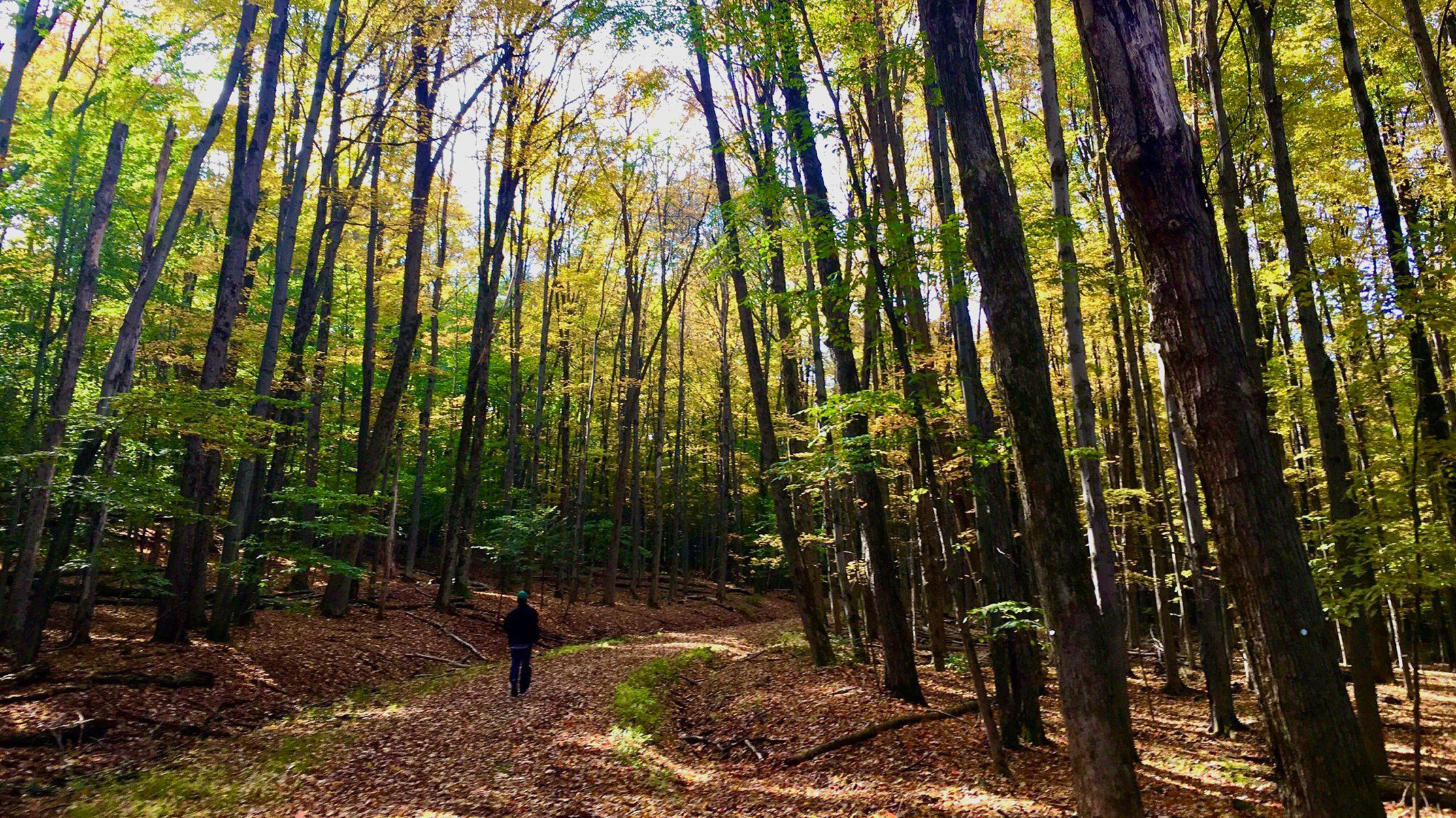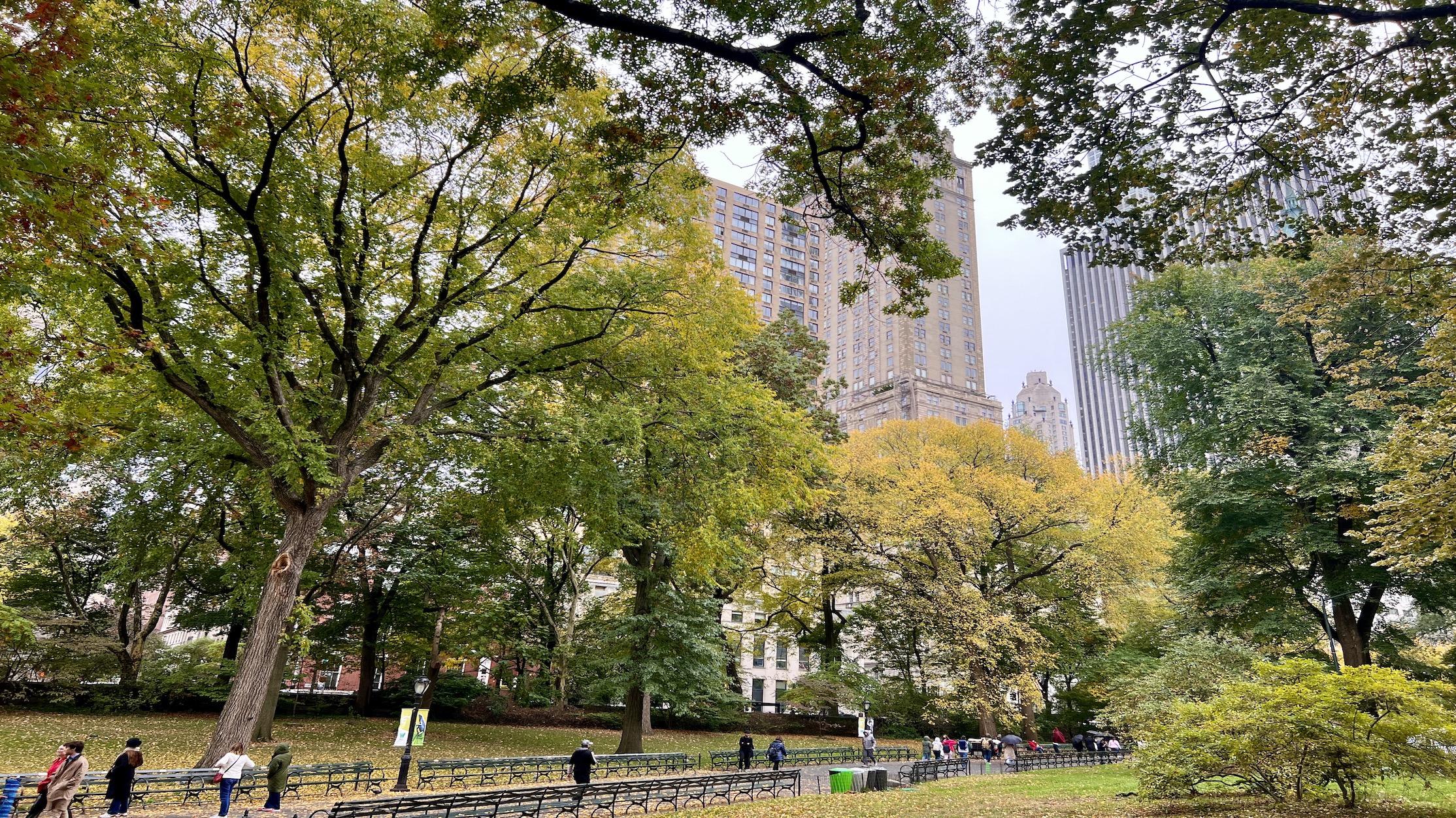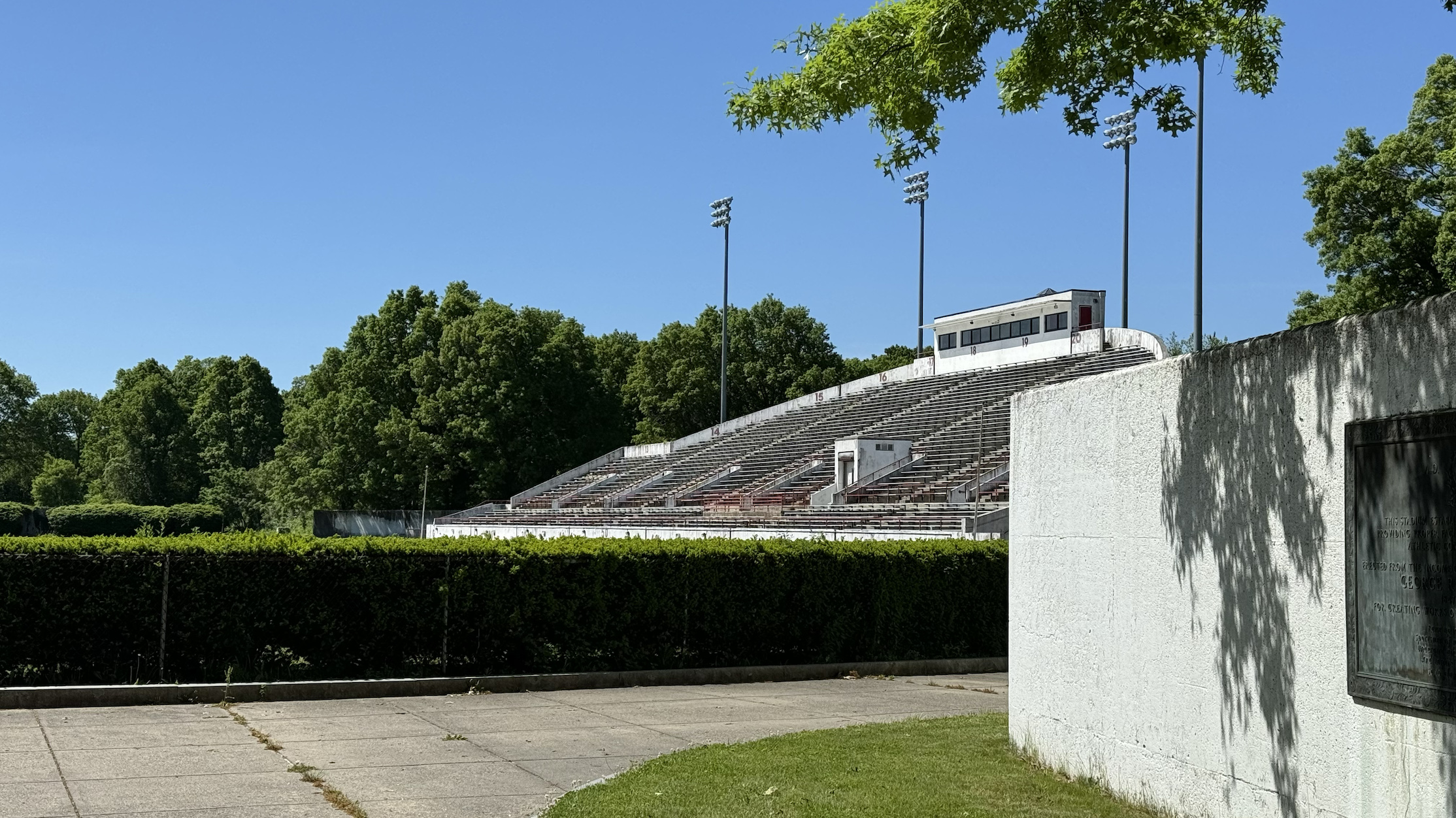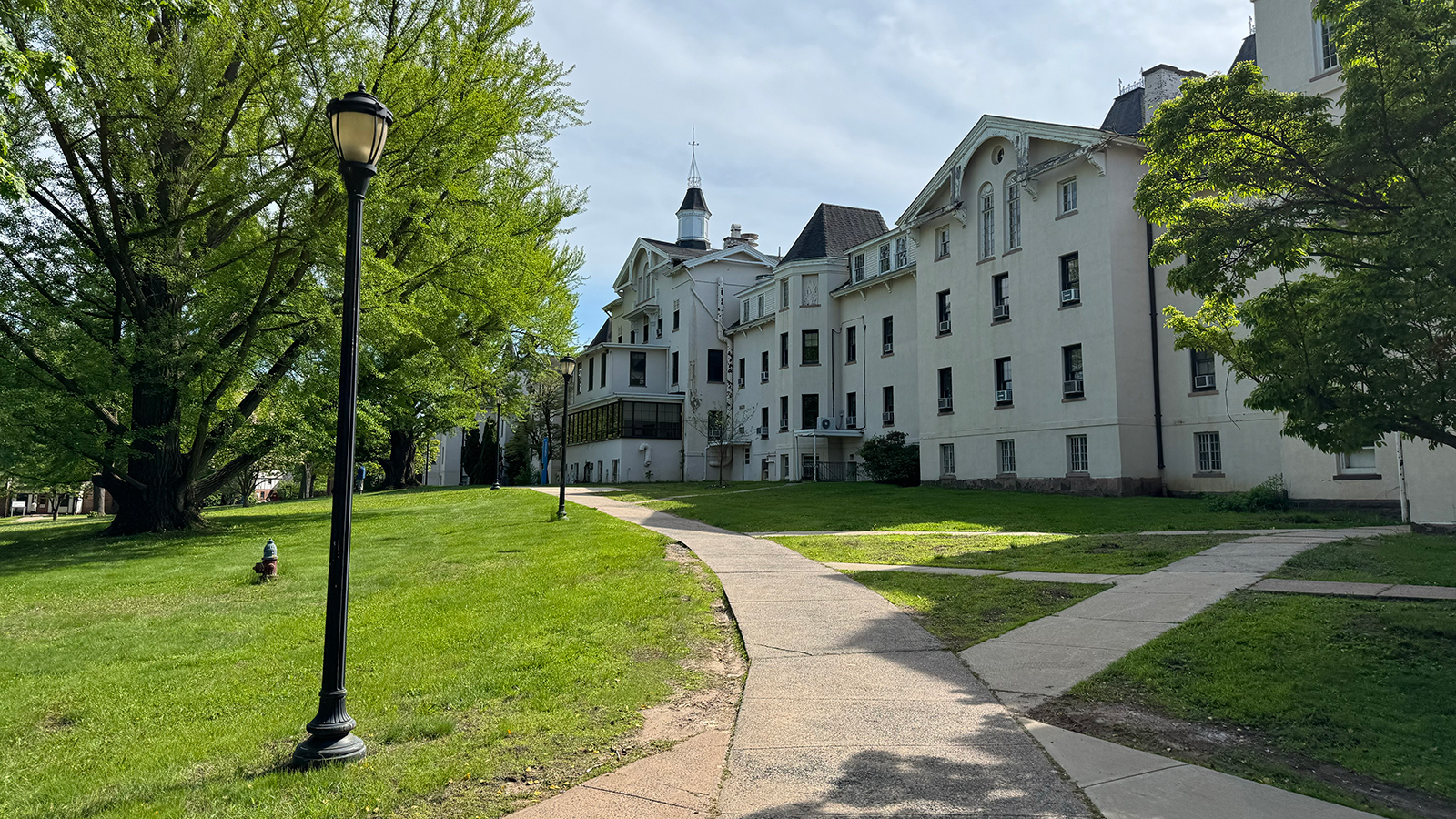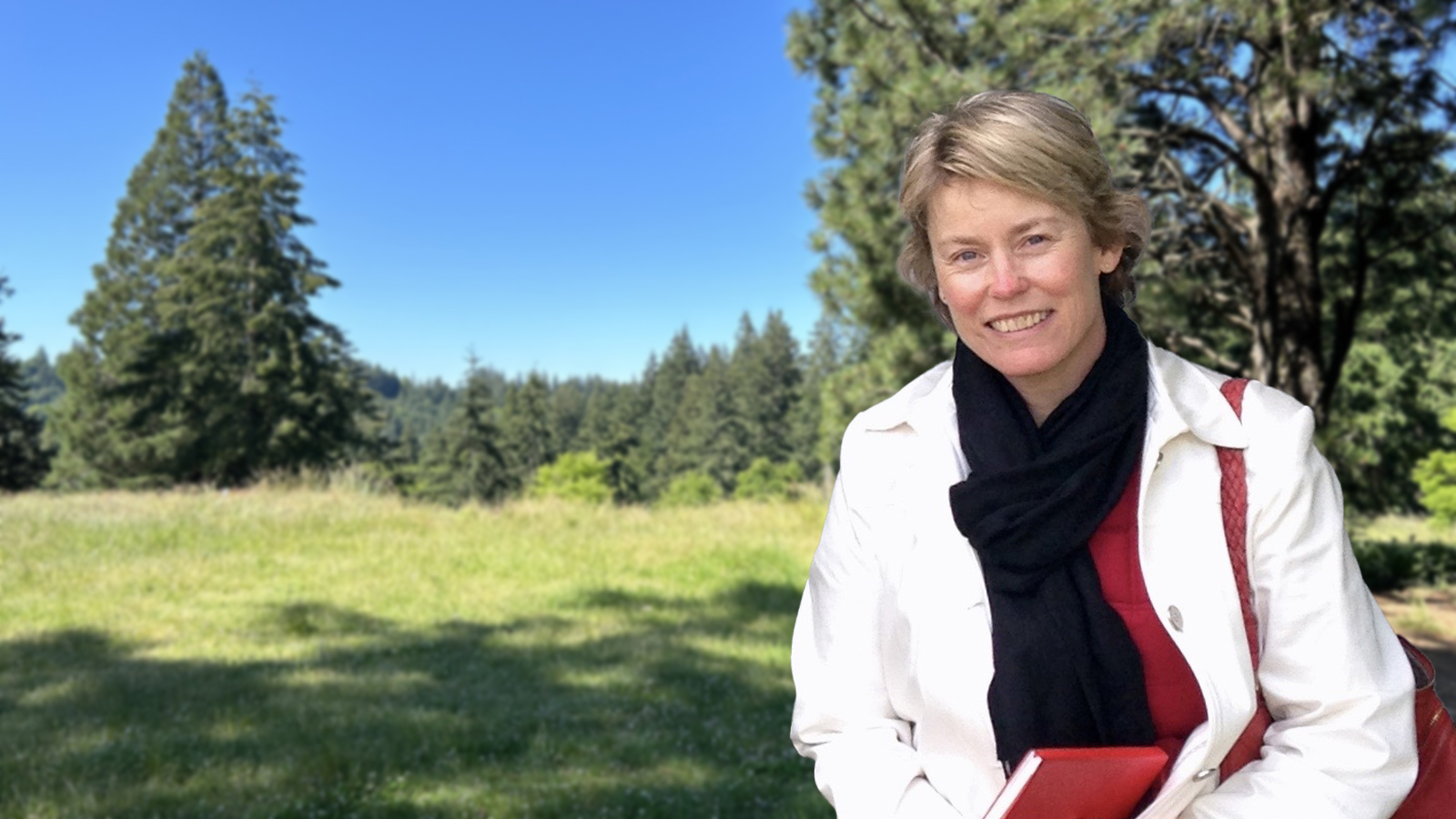
The Caumsett Foundation’s first Olmsted tour took place one year ago— on a warm, sunlit Saturday in October— a group of 40 guests were guided through Caumsett State Historic Park Preserve, the former Long Island estate of Marshall Field III, grandson of the founder of the Marshall Field & Co. department store in Chicago. The tour was organized in collaboration with Planting Fields Arboretum and The Cultural Landscape Foundation for Olmsted 200, which highlighted public spaces across the United States designed by Frederick Law Olmsted Sr. and his sons— the Olmsted Brothers.
In preparation for the weekend tours, Olmsted Network President & CEO Dede Petri was kind enough to share the archival images and letters for Job #7359. Our friends group has always known that the Olmsted Brothers were involved in the estate planning and design, however, the details had never been researched. We were delighted to finally have access to the archives: nearly 100-year old photos and letters, telling a beautiful story of the negotiation and plans for the Field’s magnificent 1600-acre estate. The first written exchange that was saved is dated 2nd October, 1924, and is addressed to Field’s architect, John Russell Pope from the Olmsted Brothers firm. The letters are written with great care and tact, giving the reader a glimpse into a time past, when communications were less hurried, less frequent and yet, undeniably efficient— especially in light of the effort each task required of them.

Job #7359 initially encompassed work around the Main House, including the design of a classical garden to the west of the house. Seventy-five-foot tall mature trees were transplanted onto the estate with zero machinery, using only men and work horses. Field wished for the estate to appear as if it had been there for decades, much like the English estate he grew up in. To achieve the desired aesthetic, the Olmsted Brothers quoted Field $75,000, the equivalent to $1.3 million today. The firm ended up helping Mrs. Field with the landscaping and approach to the indoor tennis court as well, so costs increased. Sadly, the tennis court no longer stands. Although there is little written correspondence regarding the approach to the Main House, we imagine the firm did have something to do with the subtle rolling fields surrounding the Main House and the dramatic reveal of the home, which lends a sense of grandeur upon arrival. What is quite unbelievable is that the entire job was wrapped up and paid for by January of 1926 and the last dated correspondence was a letter from Mr. Field in January of 1927, which expresses his satisfaction with the Olmsted Brothers’ work.
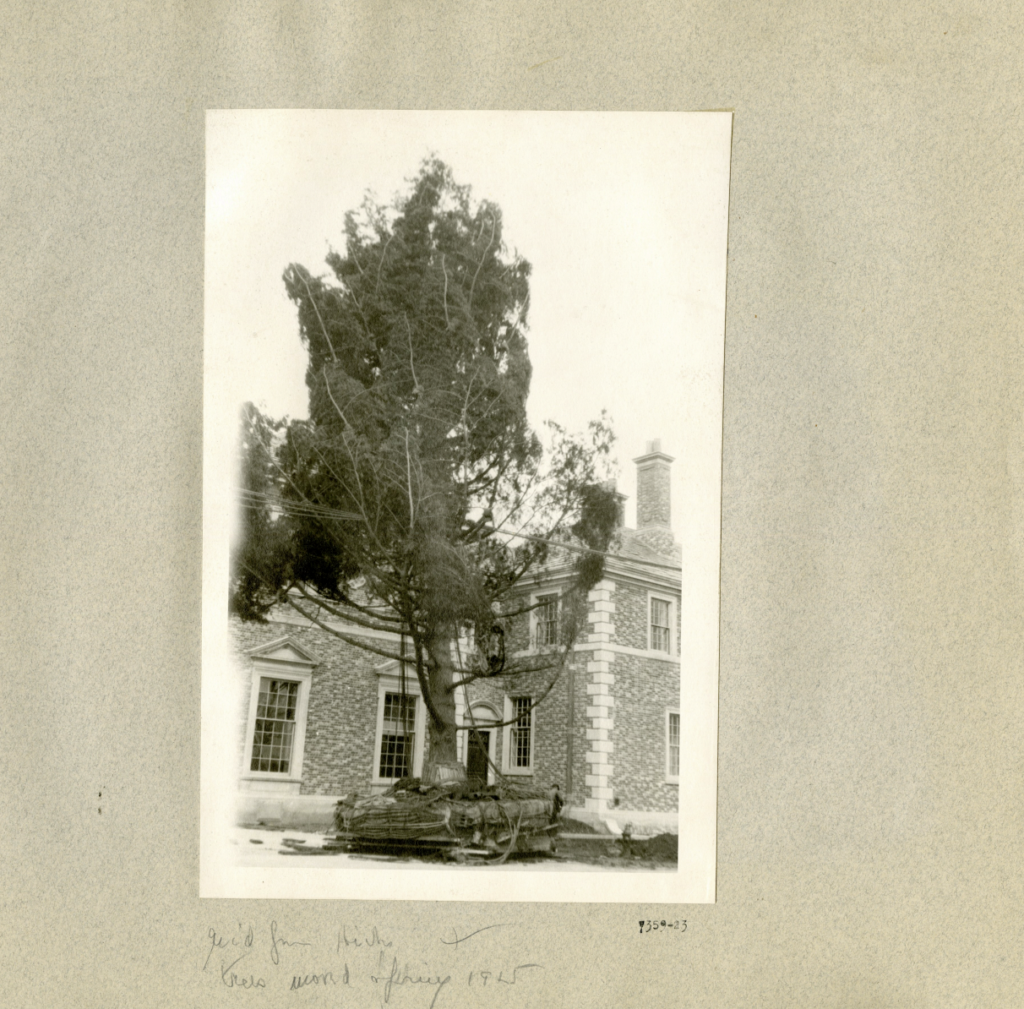
Today, there are architectural relics remaining from the original design of the garden to the West of the house, which the Fields referred to as the Long Garden or Sunken Garden. The Long Garden’s walls and grand staircase are still intact, just a bit weathered. One could imagine how nice it would have been to have the outstretched flat acres of lawn to play on and entertain guests; this space was an outdoor oasis for the Field family.
The Field’s lifestyle is quite intoxicating to imagine, and yet perhaps what is most exquisite about this rich history and partnership between Field and Olmsted is that the men shared a few very important principles, which are still deeply felt in our Park today. Both men believed in utility over ornament and the importance of community. Olmsted quotes, “So long as considerations of utility are neglected or overridden by considerations of ornament…there will be no true Art.” The interests of Field and the Olmsteds may seem quite disparate at first glance, and yet, in light of their ambitions, both Field and the Olmsteds would be delighted by their legacy which lives on at Caumsett.





